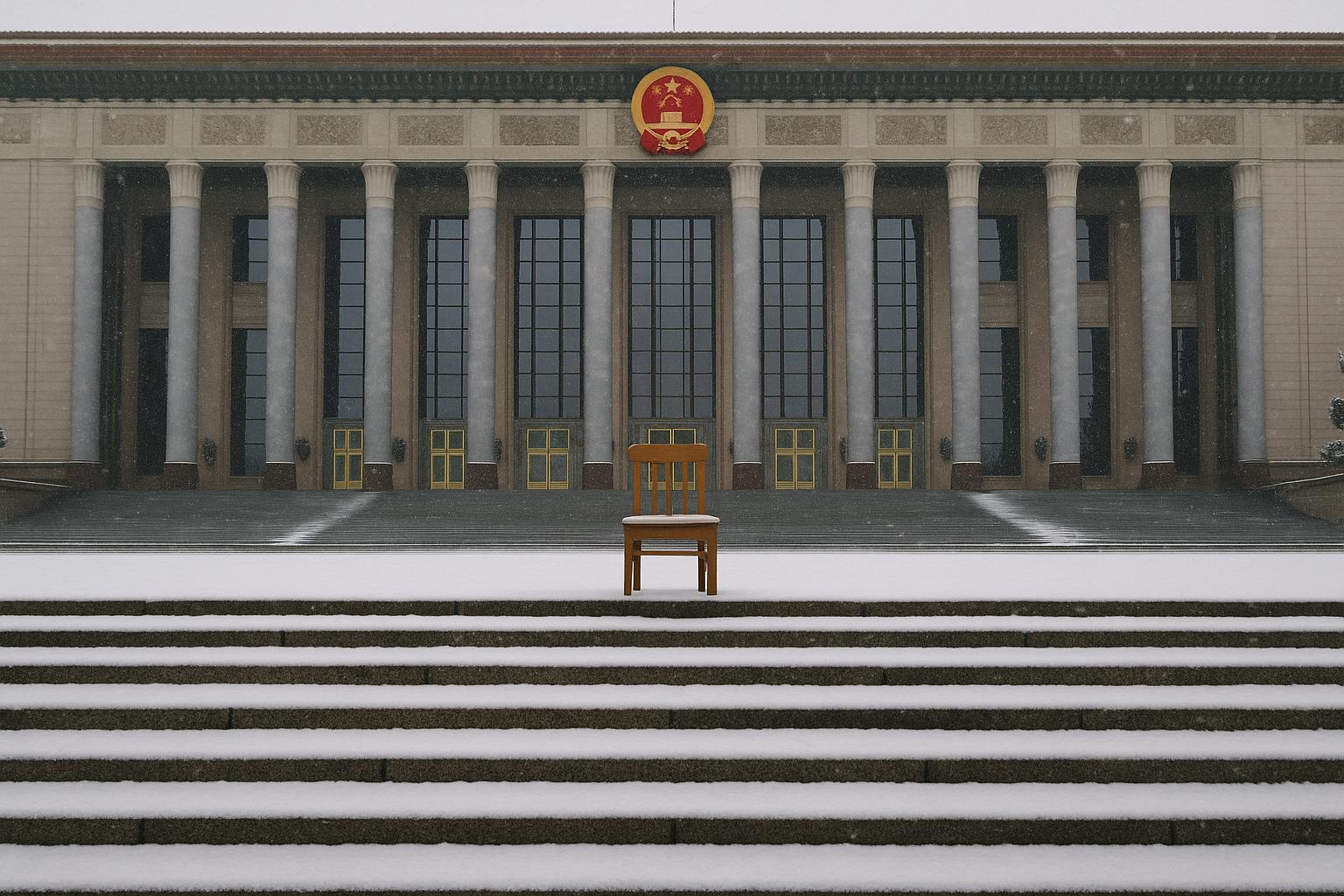China and Canada are actively working to repair their strained bilateral relationship after several years marked by diplomatic silence and increasing tension. This renewed engagement comes amid escalating pressures from the United States, pushing both countries to rebalance their economic and political strategies. Canada's Foreign Minister Anita Anand recently concluded a two-day visit to Beijing, the first by a Canadian foreign minister since Donald Trump regained the U.S. presidency, signalling a cautious but meaningful "fresh start" in relations.
During her meetings with Chinese Foreign Minister Wang Yi, both sides expressed a commitment to restoring trust and reopening dialogue across all diplomatic levels. Wang Yi articulated Beijing’s readiness to resume communication and cooperation, with an emphasis on resolving mutual concerns and steering the relationship towards stable and sustainable development. He highlighted the broad potential for partnership between China and Canada, particularly if efforts focus on practical and constructive collaboration. Anand reinforced Canada’s dedication to this recalibration, noting that Prime Minister Mark Carney places significant importance on rebuilding ties, describing the momentum as positive with early progress in restoring constructive exchanges.
Trade issues remain a central challenge in China-Canada relations. Both countries have imposed reciprocal tariffs in recent years, impacting goods such as electric vehicles, steel, aluminium, and Canadian agricultural exports like canola. These measures followed similar U.S. trade restrictions, reflecting Ottawa’s alignment with Washington to some degree. Discussions in Beijing covered sensitive sectors including agriculture, seafood, meat, and electric vehicles, with both ministers acknowledging the importance of identifying shared interests despite ongoing disputes. While no immediate breakthroughs were reported, the conversations underscore the willingness of both sides to maintain honest and regular dialogue.
The diplomatic repair efforts appear to be influenced by wider geopolitical dynamics, especially escalating tensions between the U.S. and China. Experts observe a pragmatic shift in Canada's approach, seeking to diversify its economic partnerships beyond Washington. Professor Jia Wang of the University of Alberta suggested that Anand’s visit might pave the way for a possible meeting between Carney and Chinese President Xi Jinping, mirroring a mutual interest in restoring communication and practical cooperation. Similarly, Thomas Liu from the Institute for Peace and Diplomacy in Toronto emphasised Canadian public desire for diversified trade ties, commending Ottawa’s diplomatic approach as responsive to this sentiment.
Historically, China-Canada relations suffered significant setbacks during the Trump administration, notably following Canada’s arrest of Huawei executive Meng Wanzhou in 2018, which led to years of diplomatic freeze and erosion of trust. Tensions flared again at the 2022 G20 summit when Xi Jinping confronted then-Prime Minister Justin Trudeau over leaked private discussions. Additional sources of friction included Canada’s decision to send a naval frigate through the Taiwan Strait, which Beijing vehemently opposed, and concerns in Ottawa regarding foreign stakes in Canada’s critical mineral sectors, partly acquired by U.S. entities.
Carney’s government now faces the complex task of navigating these multi-layered challenges while managing fallout from U.S. tariffs and diplomatic rhetoric that has occasionally strained Canada’s relationship with its closest ally. Nonetheless, Beijing's own challenges with Washington, including threats of new tariffs and trade restrictions, render the timing ripe for Canada to re-engage with China. Scholars like Josef Gregory Mahoney of East China Normal University interpret current diplomatic exchanges as recognition by both countries of the necessity to rebuild basic trust and restore dialogue.
Despite the persistence of unresolved disputes relating to human rights and security, the recent diplomatic activity reflects tangible efforts by China and Canada to move past previous disagreements and concentrate on stabilising and enhancing cooperation. These early steps highlight an emerging willingness to prioritise constructive engagement and mutual benefit after years defined by discord.
📌 Reference Map:
- Paragraph 1 – [1], [7]
- Paragraph 2 – [1], [2], [5], [7]
- Paragraph 3 – [1], [3], [5]
- Paragraph 4 – [1], [7]
- Paragraph 5 – [1]
- Paragraph 6 – [1], [4], [6], [7]
- Paragraph 7 – [1], [7]
Source: Noah Wire Services
